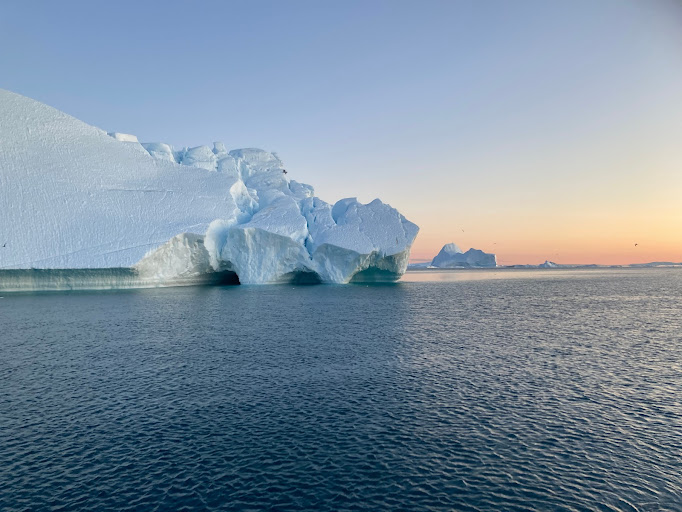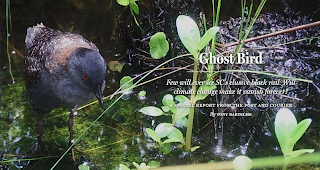
My latest story in The Post and Courier is called "BURN INC." It's about the famous burn center in Augusta, Georgia. The Joseph M. Burn Center is known as the largest burn center in the nation. What's not known is how ambition and greed helped fuel its growth, even as its doctors did amazing things to help people heal. It's a complicated and sensitive subject. Thanks for reading. https://www.postandcourier.com/news/special_reports/joseph-m-still-burn-center-augusta-ga-fred-mullins/article_eb61fc22-7cb3-11ee-ae6e-57d369f6e8fd.html





